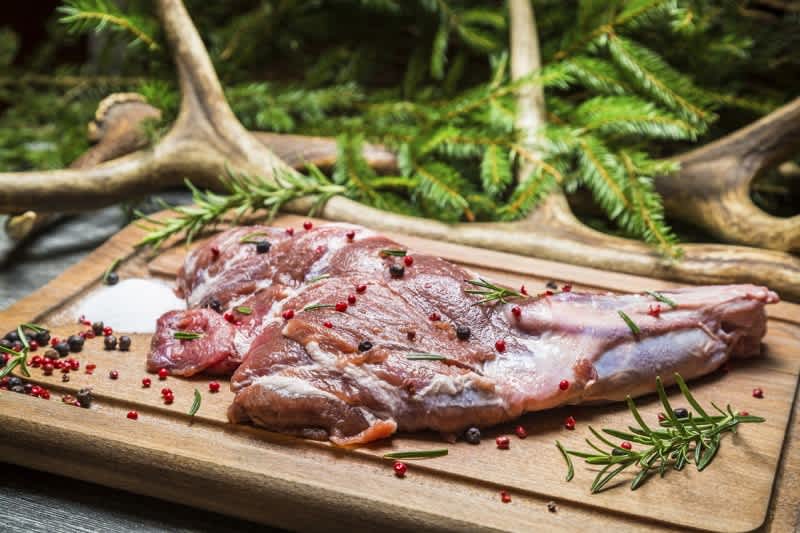Wild Game Meat Debate: Bartering, Selling, and Other Uses for Hunter-harvested Items
Bernie Barringer 04.22.15

More and more people are becoming concerned about what’s in the food they eat. Even city dwellers are reconsidering the value of wild game meat in their lives. Here’s what it means to today’s hunters.
Read the label on just about any package of food these days and it will make you scratch your head. They sport long lists of words with letters that looked like they were dumped out of a bucket, and they mean nothing to the average consumer. Many ask themselves whether the substances present are things that we should be putting in our body. There is not enough space in this article to discuss what all this alphabet soup means, but the point is that a groundswell is occurring, a backlash against all the things the major food manufacturers are expecting us to consume without asking the hard questions.
If you have bought meat in the grocery store lately, you know that it has gotten very expensive. Beef in particular is becoming a luxury in most family diets. Hamburger is $4 to $5 per pound, roasts are $5 to $6 per pound and steaks up to $14 per pound. Just cover the bottom of your grocery cart with a few packages and the bill is going to be over $100.
An adult deer yields about 40 to 60 pounds of high-quality boneless meat. Do the math and you will see that a deer in the freezer can be worth $300 or more. Many would argue that it’s a better-quality source of pure protein—and venison is much leaner than beef, pork, or chicken.
These facts are not lost on today’s consumers, rural and urban. There is a growing “locavore” movement in North America, meaning more people are looking for locally-produced food. They are visiting farmer’s markets, growing and harvesting more of their own, and many supermarkets are designating areas of their stores for locally-produced food items. These consumers want what you got: high-quality, low-fat protein produced locally that’s free from chemicals and growth hormones.
Many states allow hunters to bag more deer than they can use in a given year. In some Southern states with high deer numbers, hunters can kill a deer a day. Many states have extra doe tags available for low fees. The question keeps coming up: should hunters be allowed to sell the “extra” meat they harvest? Selling big game meat is illegal in almost all circumstances, but there is movement in several states to change that.
What hunters can do is barter. In most states, you could take a freezer of packaged and labeled venison to the local farmer’s market and swap it out for fruit, vegetables, honey, jams, jellies, and most anything else that can be found at these gatherings. You can hire work around your house and pay in venison if you find the right person. Venison has value.
And it’s not just venison. Moose, elk, bear, and other meats are valuable bartering commodities. You would be surprised to learn how much a few pounds of bear lard is worth to the right person. Skins, hides, and pelts can be traded as well.
This movement toward locally-grown and -harvested foods has also created a new crop of hunters. Throughout modern history, hunting has been almost exclusively a rural pursuit, but not any more. More and more urban men and women are taking to the woods to procure meat. The astonishing growth in women hunters in the past decade is not only due to women taking part in traditionally male pursuits, but it is also fueled by the desire to fill a freezer with food.

Bowhunting in particular has seen a huge influx of hunters from nontraditional areas. Part of this can be attributed to several Hollywood movies in which bowhunting is glorified. It’s a sport that anyone can take part in, and what has been called by hunters “the mystical flight of the arrow” has a magical appeal that draws people to it. New archery enthusiasts soon get tired of shooting at bullseyes and they gravitate toward hunting.
The renewed interest in game meat shows no signs of slowing down. The numbers of urban and suburban hunters is exploding. Some states are considering a reevaluation of the value of wild game meat. In most, you can sell skins and antlers but you cannot sell the meat. This may be changing.
In the meantime, if you are not consuming all the venison you have available to you, you might want to look at the other options. There are people out there who want what you have.
Follow Bernie’s bowhunting adventures on his blog, bowhuntingroad.com.

